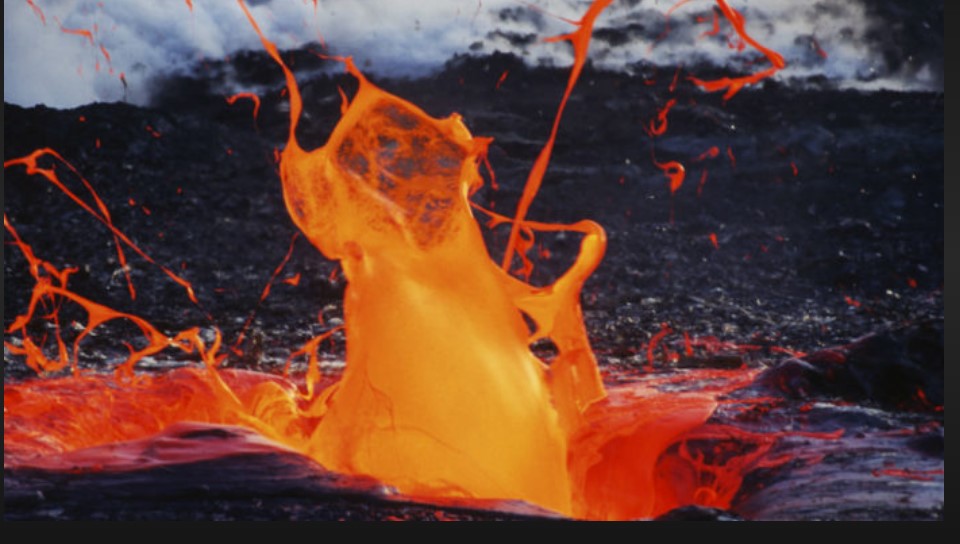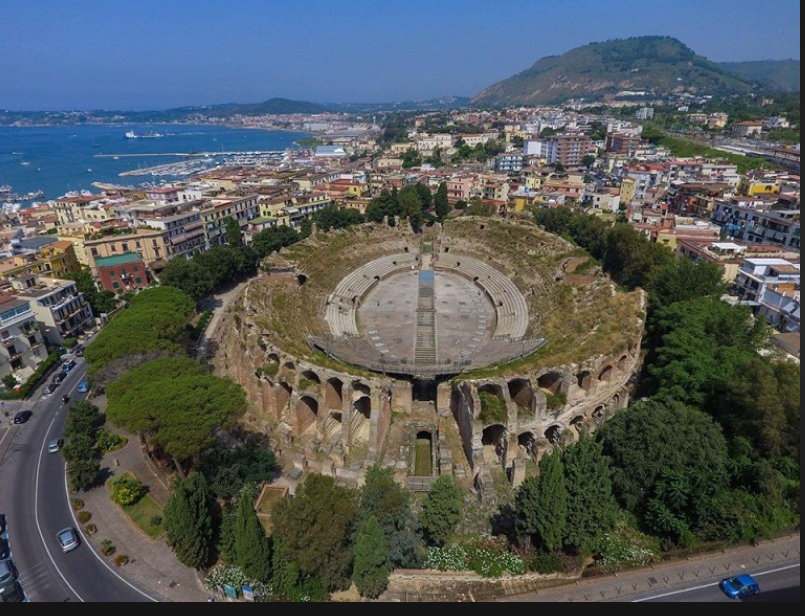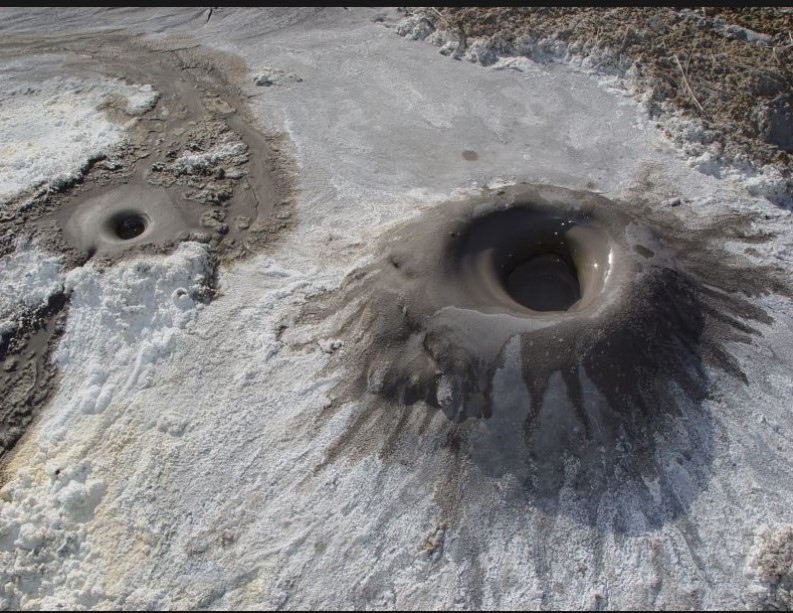Campi Flegrei, an Italian volcano that last erupted nearly 500 years ago, is becoming more active and could erupt once again, according to a new study.
Located in the Naples area of Southern Italy, Campi Flegrei’s last recorded eruption was in 1538. According to NASA, the Campi Flegrei caldera cluster, or “fiery fields” is built from overlapping volcanic features, including calderas, domes, and cinder cones.
Seven years ago, scientists began issuing warnings about Campi Flegrei; now, after the latest study, they said the situation “had become more dangerous.”
Campi Flegrei is considered the largest supervolcano in Europe. A supervolcano has the highest Volcanic Explosivity Index (VEI) rating of 8, which in effect means that the volcano has a huge volume of magma deposits (over 1,000 cubic kilometers (240 cubic miles) waiting to erupt.

Supervolcanoes occur when the magma rising in the mantle reaches the crust but cannot initially break through, leading to enormous deposits and extreme pressure. Eventually the crust gives way, leading to potentially huge eruptions.
Authorities are now warning about “signs of reactivation” at the volcano, which is 14 kilometers in diameter and has 24 different craters. It last erupted 500 years ago, for the first time in 3,000 years. In that eruption it ejected 200 cubic kilometers of magma, and the ash spread over an area of 3.7 million square kilometers. Currently the volcano’s craters contain many fumaroles and several boiling mud pools, plus various cones and subsidiary craters extending into the caldera.

A study carried out jointly by researchers from University College London and the Italian National Research Institute for Geophysics and Volcanology, published in the scientific journal ‘Communications Earth & Environment’, carried out their analysis with new data on changes in the number of local earthquakes. “We predicted in 2016 that the approach to rupture would continue after an additional uplift of 30-40cm at the location of largest movement,” they noted.
The authors of the study note that “volcanoes reawakening after long repose must rupture the crust before magma can erupt and said, “A rupturing sequence has been developing across four episodes of ground uplift at Italy’s Campi Flegrei caldera: in 1950-1952, 1969-1972, 1982-1984 and since 2004… Our new work confirms that Campi Flegrei is approaching a breakaway.
“Our first use of the model was in 2017, and since then, Campi Flegrei has behaved as we predicted, with an increasing number of small earthquakes indicating pressure from below,” said study author Christopher Kilburn with UCL Earth Sciences. “We will now have to adjust our procedures for estimating the chances of new routes being opened for magma or gas to reach the surface.”

One of the biggest clues is watching the pattern of earthquakes, which suggests the rocks on Campi Flegrei are breaking, instead of stretching.
According to the study, Campi Flegrei’s maximum stress that it can bear before breaking when it is stretched is about a third of what it was in 1984.
Based on the current volcanic activity the next eruption is most likely to occur at a site within a 1500 meter radius around the Solfatara volcano crater.
However, it is important to remember that volcanology is not a precise science and it cannot predict vents of this kind. The data do not mean that an eruption is guaranteed, said study lead author Christopher Kilburn. Nevertheless, scientists are monitoring the Campi Flegrei very closely.











